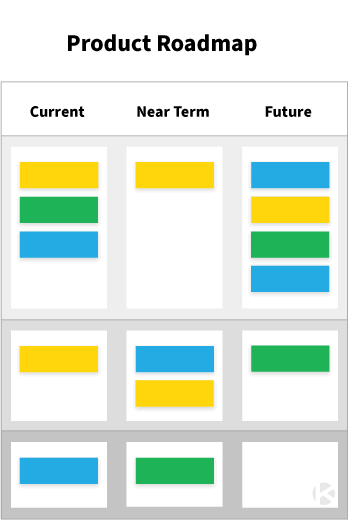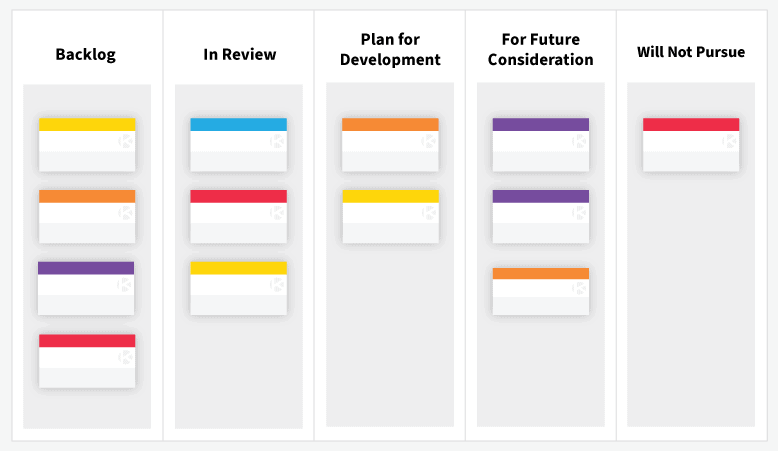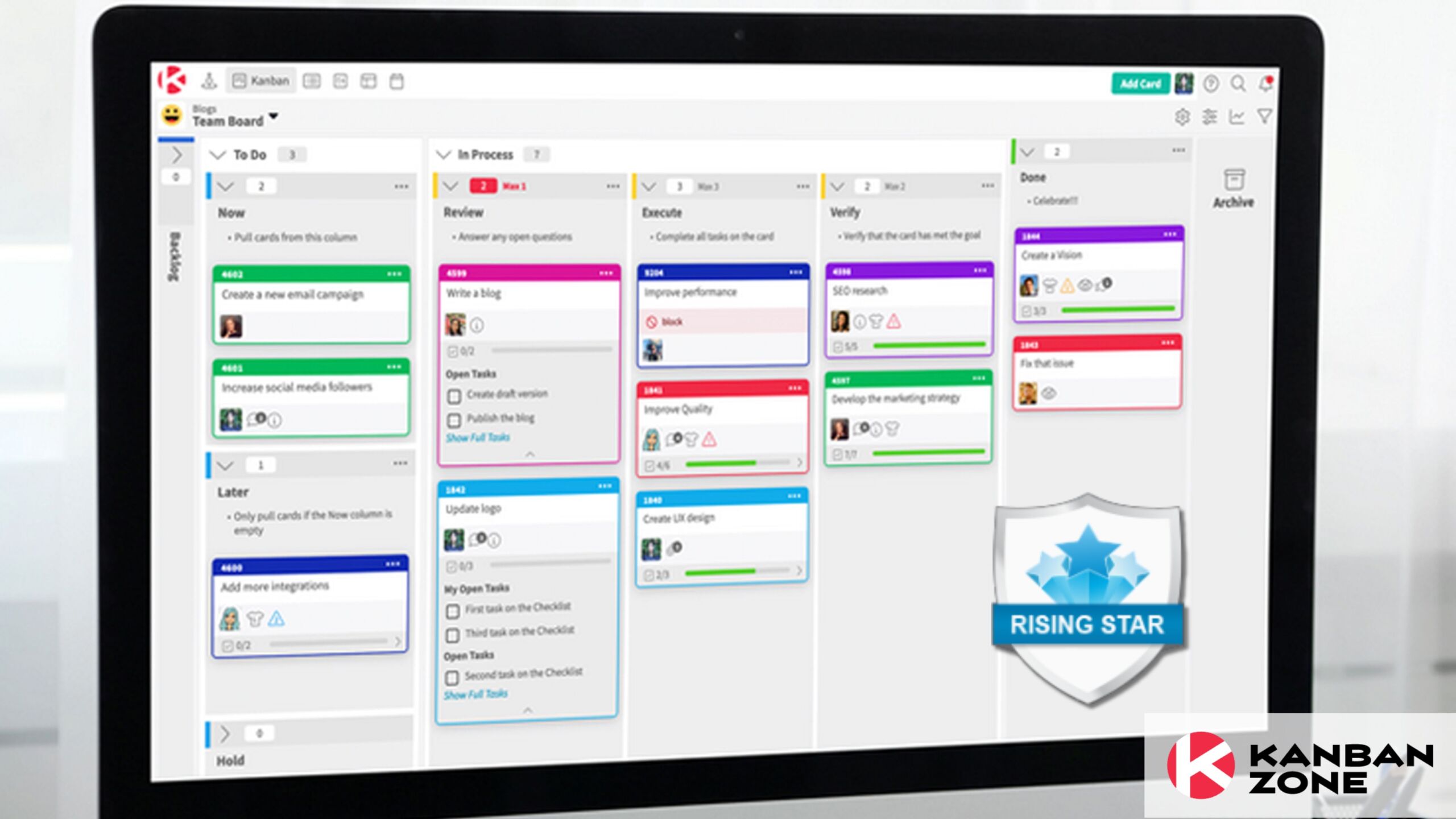
A product manager’s job is quite arguably a challenging one. They are responsible for driving the product vision to reality. Product managers are expected to have business acumen, deep product knowledge, and a solid understanding of what customers want and need. They are in charge of driving product strategy, planning, and execution. The objective is to ensure development is aligned with business strategy and vision. Product management is a multifaceted role. Apart from drawing expertise and knowledge in business, technology, and market behavior, product management also demands agility. While product management is no easy role to fulfill, it’s certainly not impossible to succeed in this role either. With the right mindset, system, and tools, you can carry on your product management duties with confidence.
Mindset Matters
An Agile mindset requires a shift in focus from project to product. Agility in product management is attained when product managers change their perspective. Product managers need to think in terms of what will be best for the product, not only for the project. Completion of tasks and project items are secondary to delivering valuable products that customers will love. What’s best for the product is the convergence of meeting business goals and customer expectations at the right time through efficient technologies.
With an Agile mindset in place, leveling up agility in product management requires the use of a system for executing its various functions. This system will be used to organize product ideas, plan a business strategy, and manage the execution of development. Kanban is such a system that supports agility and enables product managers to deliver their goals and objectives effectively.
Let’s explore how agility in product management is achieved with Kanban.
Kanban for Product Management
Product managers are responsible for a lot of things. They wear many hats and deal with both external and internal parties. They are responsible for the alignment of the following areas:
- Business strategy
- Customer requirements
- Technologies and solution
You can just imagine how juggling all of these key focus areas can become a nightmare for product managers. Without a system to organize and plan product management tasks, the negative effects can be felt in many areas of the business and can be the reason for customer dissatisfaction.
As a product manager, you need to keep tabs on many things and the load can oftentimes be burdensome. Using a Kanban system can help you manage product ideas and customer requests, plan your releases, and manage your development team’s tasks.
Product Management Roadmap
Product managers are responsible for a lot of things. They wear many hats and deal with both external and internal parties. They are responsible for the alignment of the following areas:
- Business strategy
- Customer requirements
- Technologies and solution
You can just imagine how juggling all of these key focus areas can become a nightmare for product managers. Without a system to organize and plan product management tasks, the negative effects can be felt in many areas of the business and can be the reason for customer dissatisfaction.
As a product manager, you need to keep tabs on many things and the load can be overwhelming. Using a Kanban system can help you manage product ideas and customer requests, plan your releases, and track your development team’s tasks.

Feature Request Management
As a product manager, you receive product feature requests from various parties including customers, stakeholders, team members, and end-users. It’s hard to keep track of all of them and sometimes they get forgotten or lost. If you’re keeping your feature requests on your handy-dandy notebook or a spreadsheet hoping to dedicate a day to sort through the clutter, there’s a much better way to do things. You can create a feature request Kanban board.
Your feature request Kanban board will contain cards that represent various ideas and requests from all your stakeholders. They come to the board unprioritized and with as much detail as the requester can share. They are placed in a backlog list on your feature request Kanban board. This helps you filter out which ideas will make the cut, which ones would have to wait a while, or which ones won’t be pursued at all. The process of reviewing or discovering these feature request items is called backlog refining or Discovery Kanban.

You can share your feature request Kanban board to your internal teams so they can create cards for their ideas or suggestions. For requests coming from external parties like end-users and customers, this would depend on how they submit their request. If they come through a customer support channel, you can give support teams access to your board so they can create cards. If it’s done personally, during a meeting or customer feedback review, ensure that those who conduct these customer reach-outs have access to your board and will dedicate time to file the information gathered.
You can decide the frequency to review your feature request backlog and can review as regularly as possible. I would recommend you perform your reviews more frequently as this helps you remain up-to-date with changing market demands and realign your focus as needed.
Development and Delivery Management
This is the most common use of Kanban for product management and development, especially for software teams. You can model your software development process onto your Kanban board and gain better visibility on the work that’s flowing to your team. Having the Kanban board accessible to everyone involved in the project helps foster transparency and accountability to those doing the work. It becomes easy for teams to swarm on issues and help each other in completing their tasks.
If you want to get inspiration on how to create a Kanban board for your software development team, you can check out how our team uses Kanban to develop software. You can even try and build your own board with our software development Kanban board template.
Better Product Management with Kanban
Product management is an exciting role but the responsibilities can weigh in on you. This is why you need a system to manage your day-to-day and help you perform at your best. There are times that the product management function is fulfilled by a team, led by a chief product manager of sorts. This makes it more important to make use of a framework to help keep the entire product management team aligned and working towards a common goal.
Kanban is a simple yet powerful product management tool that can help you gain visibility, better control, and alignment on your overall product strategy and execution. If you’re a new product manager who’s looking to set the right foundations for your practice or maybe you’re an experienced one who’s looking for ways to do things better, give Kanban a try. Agility is a must in today’s fast-paced world where customer behavior and technology keeps changing. Kanban can help you remain agile and deliver better results for your teams.
Learn to Work Smarter, Not Harder!
Get our top articles weekly.
Table Of Contents
Discover many more posts…







